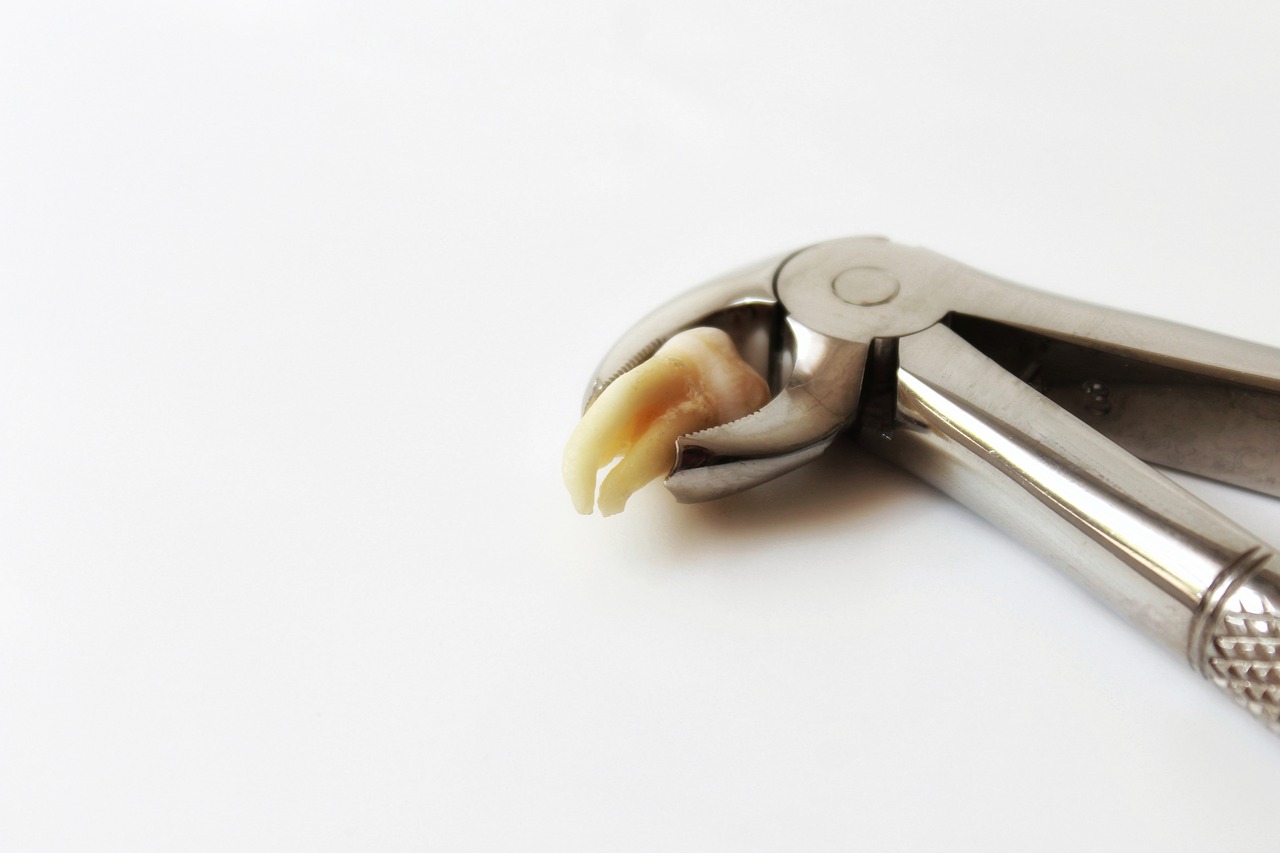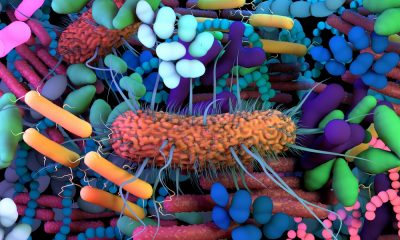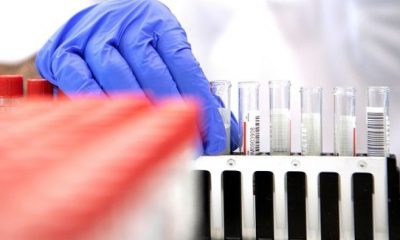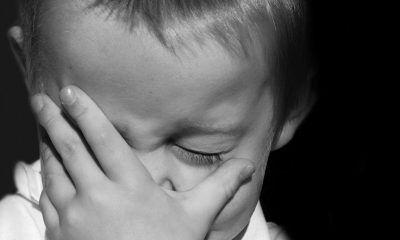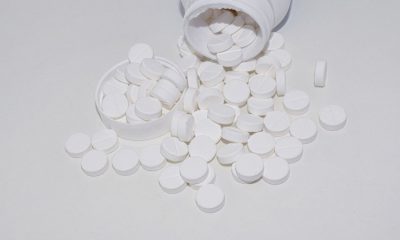Baby teeth, our temporary companions, are often discarded without any second thought. But scientists believe that baby teeth are a gold mine of untapped knowledge.
Among scientists working to solve this mystery is psychiatric epidemiologist Erin Dunn, who calls herself a tooth fairy.
“I am the science tooth fairy. I am a scientist who collects and studies teeth,” Dunn, a researcher with Massachusetts General Hospital, commented, ABC7 reported.
Dunn was fascinated by the anthropological and archaeological aspects of teeth. “What blew me away is that no one had really pieced together the different fields,” Dunn said, as per Vox. “They (baby teeth) might be able to help solve a major problem that we have in the field of childhood adversity.”
Dunn calls the baby teeth “fossilized records of people’s early life experiences.”
USC researchers examined the baby teeth of children living in communities near the former Exide battery recycling plant in Vernon. The teeth revealed evidence of lead exposure.
“Baby teeth essentially provide a snapshot of exposure to toxic metals during pregnancy and the first year of life,” Jill Johnston, USC’s Keck School of Medicine, said.
Scientists slice the baby teeth and identify changes, if any, in width and color. Patterns emerge that may be indicators of stress.
“They’re these little living archives in your body,” Christine Austin, an environmental health researcher at the Icahn School of Medicine at Mount Sinai in New York said, “constantly storing the history of what you’re being exposed to.”
Now, Dunn and her team are planning to conduct a study on women who were pregnant during the 2013 Boston Marathon bombing. The researchers wish to find a link between their moms’ stress and their children’s teeth.
Ultimately, the aim is to explore teeth as a tool to identify children who could use mental health support.
“If we can be able to better identify kids early who’ve experienced these early life stressors, we can then more quickly connect them to interventions,” Dunn said.
According to Johnston, this unique field can spot communities affected by pollution, stress, and a lack of resources.
“In those cases, we may be seeing worse health outcomes and that can really help identify neighborhoods where interventions and resources are most important,” Johnston said.

